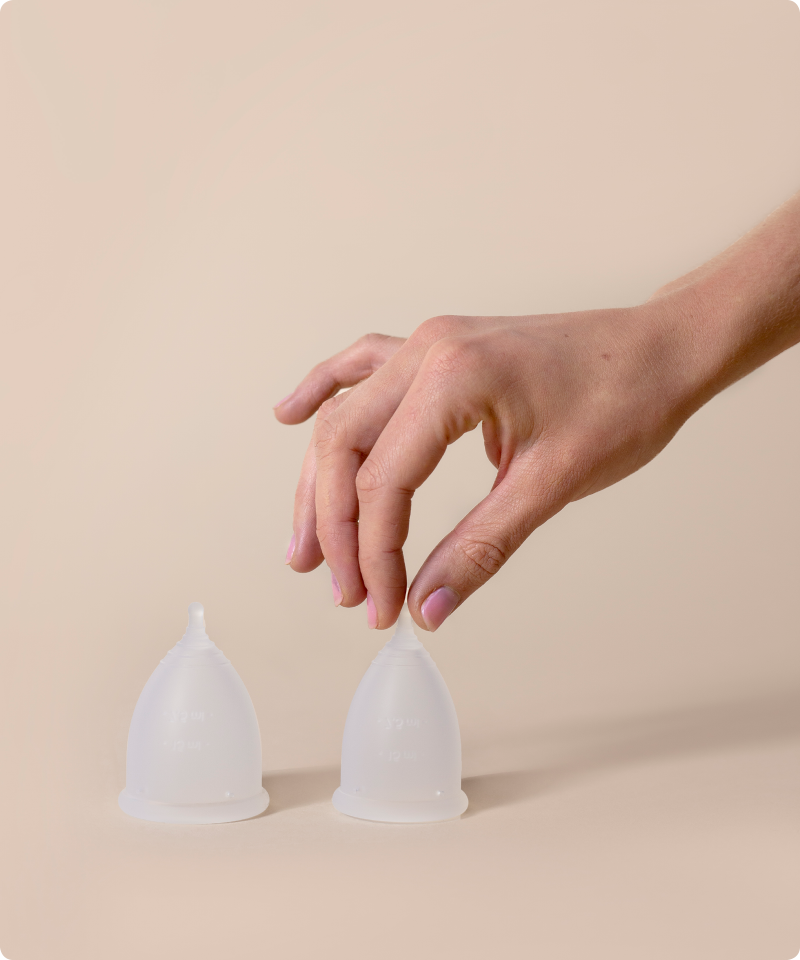Post-Traumatic Stress Disorder (PTSD): what is it & what can you do about it?
What is PTSD?
Post-Traumatic Stress Disorder (PTSD) is an anxiety disorder that can form after you’ve had a traumatic experience. Things like experiencing or seeing a violent attack, rape, or a severe accident. But, giving birth can also be experienced as traumatic and lead to PTSD complaints. About 1 to 2% of people who give birth will be diagnosed with postpartum PTSD.
Most people who have had a traumatic experience will struggle to deal with it for the first period after it happens. It’s very normal to have a traumatized response after having a bad experience. By the passing of time, talking about the experience, and devoting time to themself, most people will learn to handle the situation and their emotions better. But for some, it's hard to process the emotions. Their complaints grow more severe, which makes it impossible for them to function properly. In that case, we might speak of a Post-Traumatic Stress Disorder.
Signs or symptoms of Post-Traumatic Stress Disorder are:
Re-living the bad experience: recurring memories of the terrible experience, or seeing flashes of it. When you’re confronted with something that reminds you of that traumatic experience, you might develop feelings of fear. This can be a certain smell, sound, or situation that makes you feel like you’re suddenly back in that traumatizing moment. You might have a physical reaction, such as an increased heart rate, sweating, accelerated breathing, or shaking. You can also experience flashbacks.
Avoiding certain situations or feelings. Like avoiding certain kinds of social contact to stay away from certain people or places.
Feeling dulled. Not feeling like doing anything (even the things you used to love). Feeling like you’ve lost connections to others, and struggling to feel positive emotions. You might also have feelings of powerlessness or guilt.
Being easily overwhelmed or hyperactive: this may present itself as sleeplessness, having a short fuse, being tense (being startled easily), having concentration problems, or being easily angered. Drug and alcohol abuse can be part of it, just like other high-risk behaviors such as reckless driving.
PTSD complaints
Many more complaints are part of PTSD, such as dramatic reactions to being startled, low self-esteem, sudden bursts of anger, always being ‘on’ (alertness), and physical complaints.
The complaints of post-traumatic stress disorder can develop from a month up to six weeks after the traumatic experience, though they may also develop much later. Sometimes even months or years later.
The unpleasant brother of PTSD: c-PTSD
read moreHow is PTSD diagnosed?
It’s very normal for someone to have a traumatized response to a traumatizing experience. This can cause both physical and mental issues. As time goes on, these issues will disappear. If they’re still strongly present after a month, or if they’re exacerbated and have a big impact on your daily life, it’s possible to get a PTSD diagnosis.
If you have these symptoms, your GP can refer you to a psychologist, psychotherapist, or psychiatrist who can give the diagnosis.
The treatment of PTSD
Thankfully, PTSD can be treated. In most cases, cognitive behavioral therapy, EMDR, or Narrative Exposure therapy can be very effective. The complaints may diminish or fully disappear. It’s also important to continue taking good care of yourself. Make sure that you (continue to) eat properly and healthily, get enough sleep, take walks in nature, and continue to meet up with your trusted friends. Occasionally, medicine may be needed.
Do you want to learn more about PTSD? Take a look at the following websites:
Vereniging EMDR Nederland: Dutch website about EDMR treatments.
ARQ Nationaal Psychotrauma Centrum on different treatments for psychological traumas.
NVvP (The Dutch Organisation for Psychiatry)


























